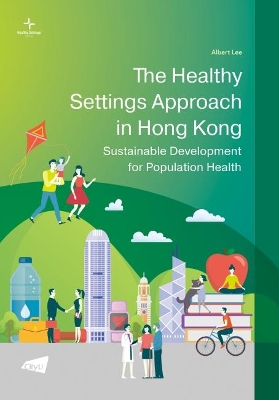Healthy Settings
1 total work
An individual's health depends on their personal lifestyle and living conditions, which are influenced by a host of complex physical, social, and economic determinants. The same is true of organisational and community health. This book explains the Healthy Settings Approach as a means to define population and health standards as well as a framework to promote and evaluate health in daily living activities. The determinants affecting public health go beyond the availability and quality of healthcare, and a concerted effort from all sectors of the community is required to bring about sustained improvements.
Using the Healthy Settings Approach to facilitate the ""right to health"", this book argues that promoting health in multiple and varied settings concurrently will ensure healthy living throughout the community and, ultimately, the world. The author uses real life experiences from different countries, with focus on Hong Kong, and discusses many initiatives that have been enacted (although not widely reported in some cases). Each chapter draws on this evidence and translate the healthy settings framework into daily practice, thus providing guidance in synergising actions across different contexts and offering essential insight for educators, researchers, and professionals across countless disciplines.
The Healthy Settings in Hong Kong: Sustainable Development for Population Health is the second book in the Healthy Settings Series, which focuses on the upstream, midstream, and downstream approaches for improving population health and reducing inequity in various settings and contexts.
Using the Healthy Settings Approach to facilitate the ""right to health"", this book argues that promoting health in multiple and varied settings concurrently will ensure healthy living throughout the community and, ultimately, the world. The author uses real life experiences from different countries, with focus on Hong Kong, and discusses many initiatives that have been enacted (although not widely reported in some cases). Each chapter draws on this evidence and translate the healthy settings framework into daily practice, thus providing guidance in synergising actions across different contexts and offering essential insight for educators, researchers, and professionals across countless disciplines.
The Healthy Settings in Hong Kong: Sustainable Development for Population Health is the second book in the Healthy Settings Series, which focuses on the upstream, midstream, and downstream approaches for improving population health and reducing inequity in various settings and contexts.
